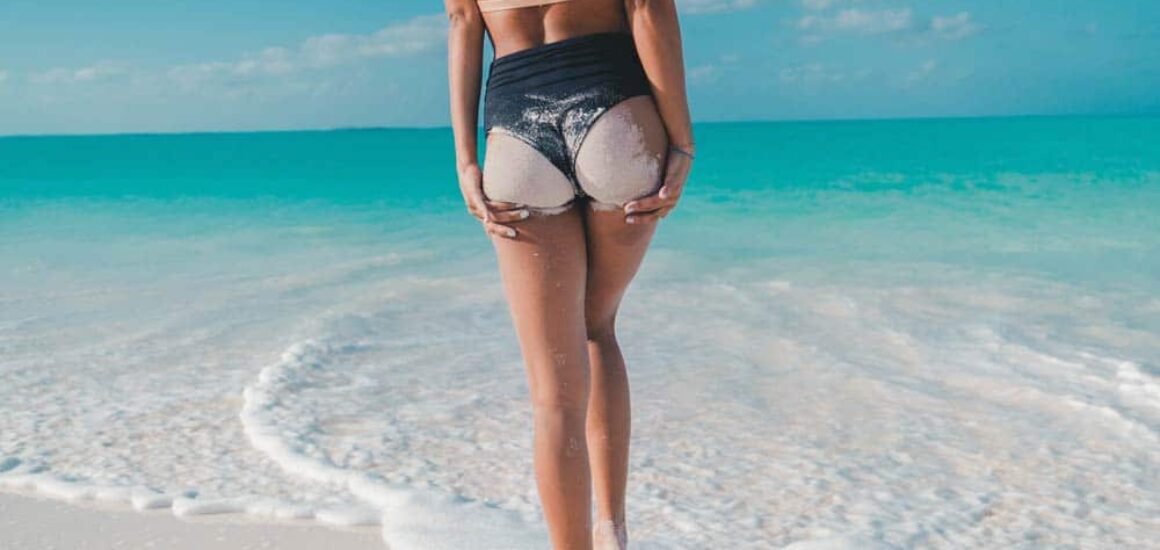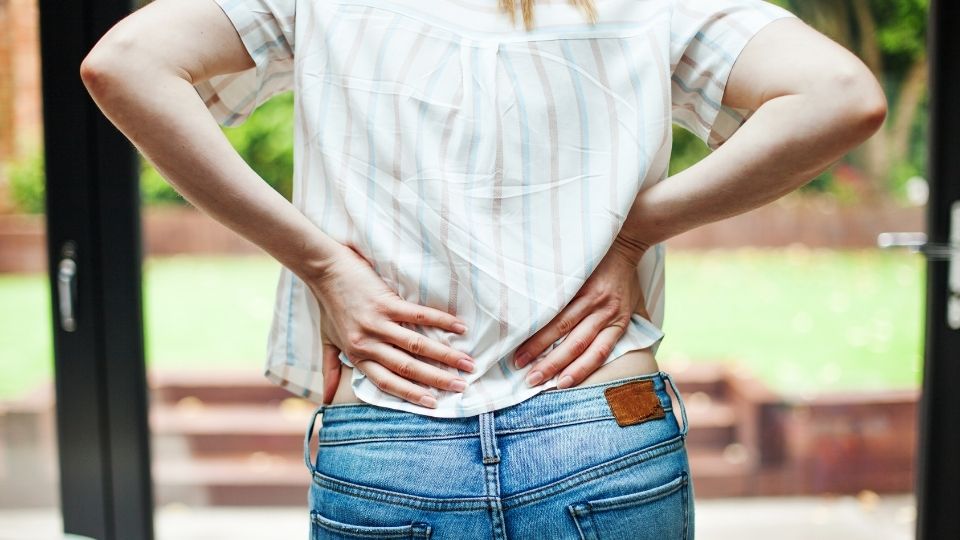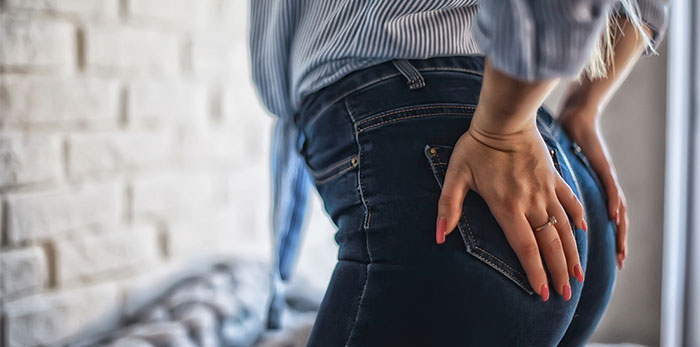Pool Water Effects on KP: Insights for Beauticians
For many, a dip in the pool is a refreshing escape, but for those with Keratosis Pilaris (KP), it might not be as straightforward. As a beautician, understanding the nuances of how pool water affects KP is crucial. This knowledge can help you provide valuable advice to your clients who might be struggling with this common skin condition.
KP, often referred to as 'chicken skin', is a harmless condition that results in rough patches and small, acne-like bumps, typically on the arms, thighs, and buttocks. The question is, how does pool water influence these symptoms, and what can be done to manage the condition effectively?

Understanding Keratosis Pilaris
Before diving into the effects of pool water, it's essential to have a clear understanding of what Keratosis Pilaris is. KP arises when keratin, a protein that protects the skin from infections, forms a plug that blocks the opening of hair follicles. This results in rough, bumpy skin.
While KP is generally harmless, it can be aesthetically concerning for many, especially those who frequent the pool. For a more detailed understanding of KP, you can explore more about Keratosis Pilaris.
The Role of Chlorine
One of the primary components of pool water that can affect KP is chlorine. While chlorine is essential for keeping pools clean and free from bacteria, it can have drying effects on the skin. For individuals with KP, this dryness can exacerbate the condition, leading to increased irritation and redness.
When skin is dry, the keratin plugs become more pronounced. Therefore, swimmers with KP might notice a worsening of their symptoms after spending time in the pool. It's important to note, however, that the effects of chlorine vary between individuals. Some might experience significant irritation, while others may not notice much of a change.
Managing KP for Swimmers
For beauticians, advising clients on managing KP when they frequently swim can be a valuable service. Here are some practical tips:
Pre-swim Preparations
Encourage clients to apply a thick, emollient moisturizer before entering the pool. This can create a barrier that helps protect the skin from chlorine exposure.
Suggest using a pre-swim lotion specifically designed to protect against chlorine. These products can be particularly effective for KP sufferers.
Post-swim Care
After swimming, it's critical to rinse off chlorine immediately. Advise clients to shower with a gentle cleanser and follow up with a rich moisturizer to replenish the skin's moisture.
For more targeted care, recommend products with ingredients such as lactic acid or urea, which help to gently exfoliate and soften the keratin plugs.
Creating a Skincare Routine
Regular exfoliation can help manage KP symptoms. Suggest using gentle exfoliating products, such as those discussed in this exfoliating guide, to keep the skin smooth.
It's also beneficial to educate clients on the importance of moisturizing, particularly after exfoliation, to maintain skin hydration and reduce the severity of KP.
Additional Considerations
Sometimes, the effects of pool water on KP can be compounded by other factors, such as vitamin deficiencies or hormonal changes. For instance, vitamin A is crucial for skin health, and a deficiency might worsen KP symptoms. More insights can be gathered from the article on vitamin deficiency and KP.
Furthermore, understanding the impact of puberty on KP can help tailor advice for younger clients. The hormonal changes during puberty can intensify KP, making it more challenging to manage. More on this topic can be found in the discussion about puberty and KP.
Conclusion
As a beautician, your role in helping clients manage KP can make a significant difference. By understanding how pool water affects KP and offering tailored advice, you can assist clients in minimizing their symptoms and maintaining healthy skin.
Whether it's recommending protective products or creating an effective skincare routine, your expertise can empower clients to enjoy swimming without compromising their skin health. For further reading on effective treatment methods, consider exploring the benefits of laser treatments for KP.

FAQ
Can swimming worsen KP?
Yes, for some individuals, the chlorine in pool water can exacerbate KP symptoms by drying out the skin and making the keratin plugs more pronounced.
What can swimmers with KP do to protect their skin?
Using a pre-swim lotion, rinsing off immediately after swimming, and applying a rich moisturizer can help protect the skin and manage KP symptoms.
Are there specific products recommended for KP?
Products containing lactic acid or urea can be beneficial for gently exfoliating and moisturizing the skin to reduce KP symptoms.

